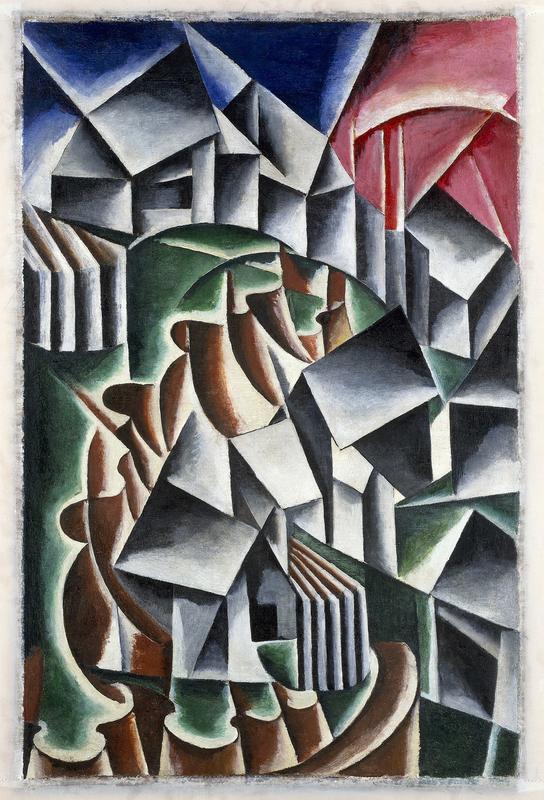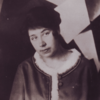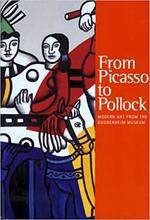More about Birsk
- All
- Info
- Shop

Contributor
Birsk is one of Lyubov Popova’s more coherent pieces, which is considerable considering the time that it was made.
By 1916, Popova was entirely committed to abstraction, and had joined an art movement called the SUPREMUS Society of Artists, a collection of artists that represented a golden age for the Russian avant garde. The group, led by Kazimir Malevich, was all about deconstruction, and the supremacy of the feeling a work of art evokes over how it looks. Popova was drawn to the theories of suprematism, as she had been to the movements of Cubism and Italian Futurism which had influenced her work in the years prior.
Birsk could be considered the last gasp of these previous influences before the artist would simplify her canvases even further, before eventually abandoning painting (and Suprematism's strict views against materiality), devoting herself to a new "-ism," Constructivism. The Constructivists declared painting to be obsolete and, in the spirit of socialism, thought all art should be in service of the people. Instead, Popova became involved with projects that sought to better society, which she did through theater design, typography, the production of textiles, and teaching art theory.
In 1919 she would be an active member of the Council of Masters (Soviet Masterov), an art council that was meant to help shape Russian artistic expression after the 1917 Revolution. This reveals that Popova was a die-hard Bolshevik who was all about crushing the bourgeoisie and seizing the means of production. As such, you might think that she in comes from a working class family, and that her story is one of someone rising up against oppression to an unlikely success. Some background information on Birsk will reveal a different picture.
The landscape depicted in this painting is one seen from the home town of Popova’s governess. Now I might be wrong, but I do not think that a whole lot of working class people in pre-revolutionary Russia had live-in tutors at their beck and call. A little digging reveals that, sure enough, Popova was the heiress to a small textile fortune. This runs in contrast to her friend Malevich, who was one of 14 children and the son of a man who worked in a sugar factory.
Sources
- Dabrowski, Magdalena “Liubov Popova” The Museum of Modern Art: Distributed by H.N. Abrams 1991 https://www.moma.org/documents/moma_catalogue_328_300063008.pdf pg. 19
- Dabrowski, Magdalena “Liubov Popova Exibition” MOMA viewed on 05/08/2020 https://www.moma.org/calendar/exhibitions/328
- Drutt, Matthew “Brisk” MOMA viewed on 05/08/2020 https://www.moma.org/documents/moma_catalogue_328_300063008.pdf
- Railing, Patricia “LIUBOV POPOVA BIOGRAPHY” International Chamber of Russian Nationalism viewed on 05/08/2020 http://www.incorm.eu/Biogs/Popova.pdf
- Siegal, Nina “Rare Glimpse of the Elusive Kazimir Malevich” New York Times 10/05/13 https://www.nytimes.com/2013/11/06/arts/international/rare-glimpse-of-t…












